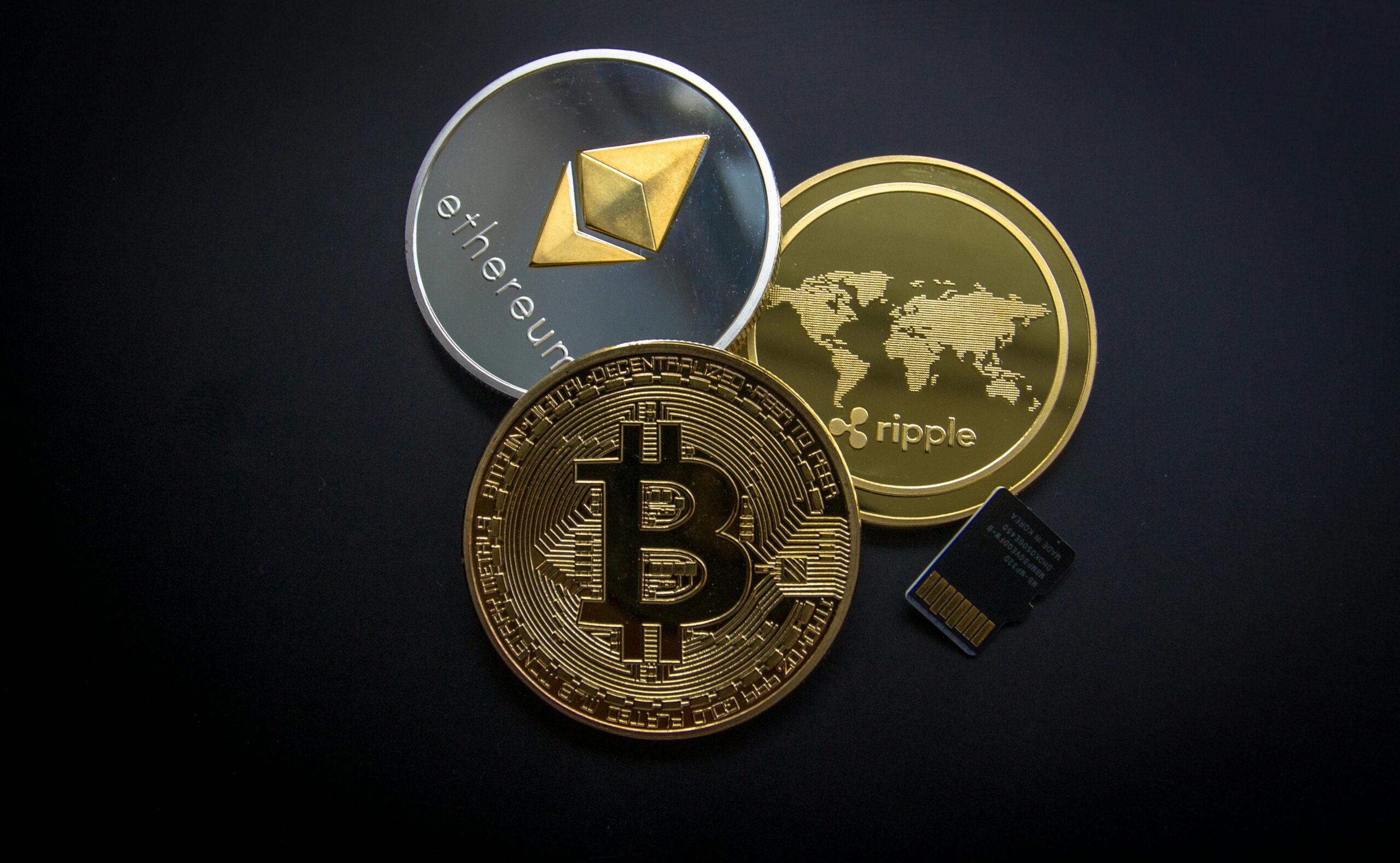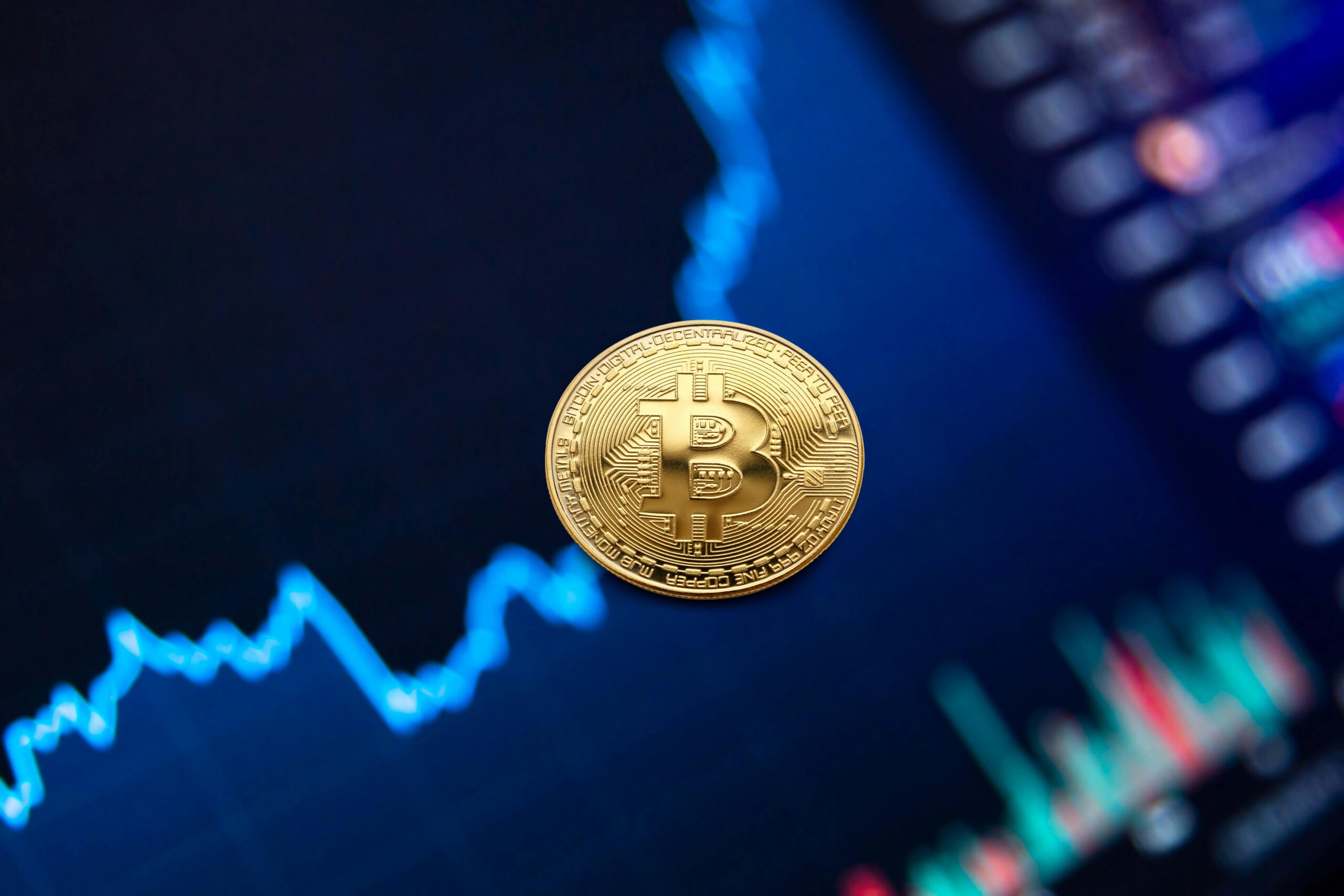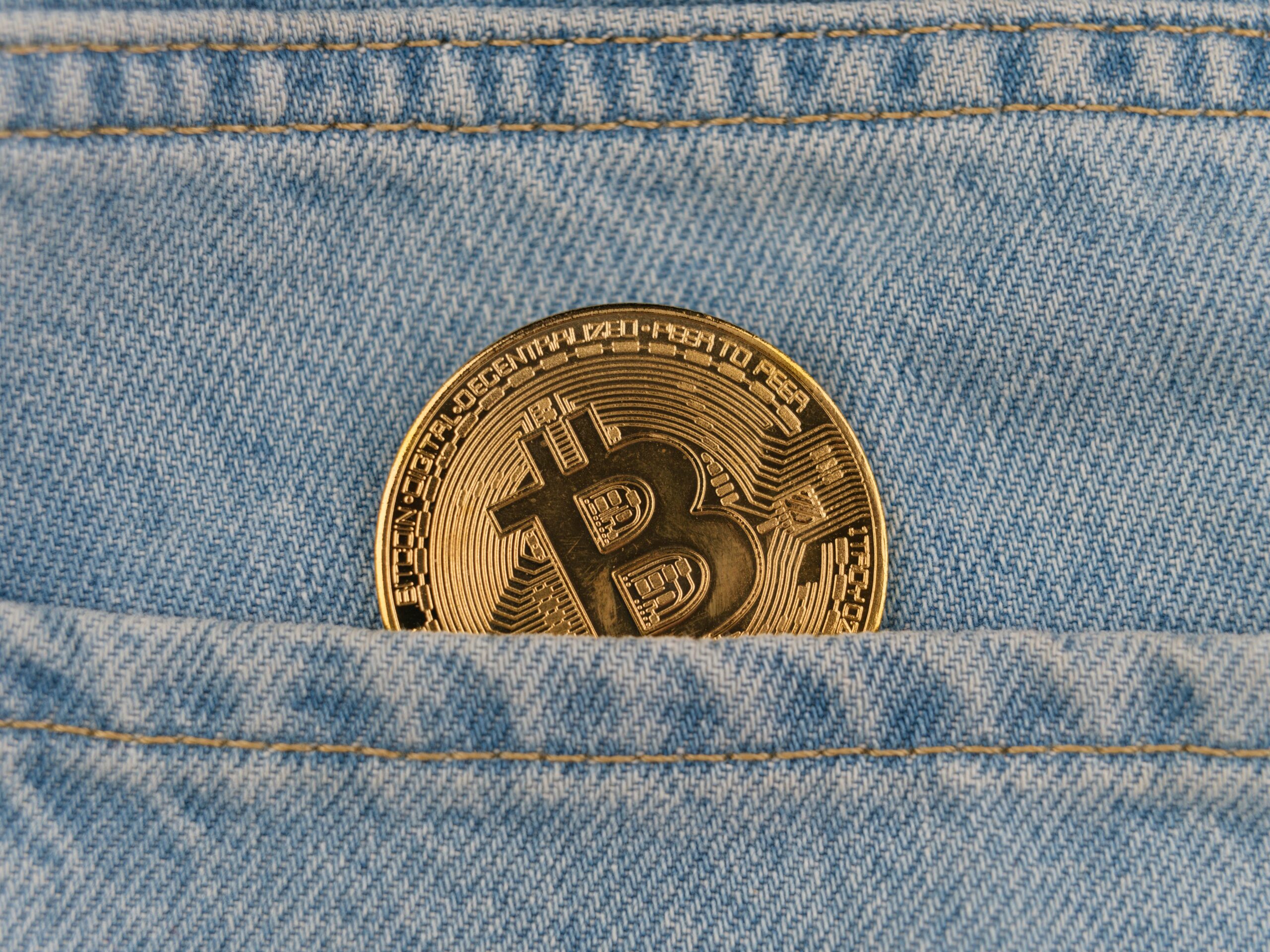Contents
hide
Prerequisites
- MetaMask browser extension installed
- Basic understanding of Ethereum transactions
- Test network (testnet) selected in MetaMask
Setting Up Your Test Environment
1. Connect to a Test Network
- Open MetaMask
- Click the network dropdown at the top (usually shows “Ethereum Mainnet”)
- Select one of the following test networks:
- Sepolia (recommended)
- Goerli
- Mumbai (for Polygon testing)
2. Get Test ETH (Testnet Tokens)
- For Sepolia:
- Visit the Sepolia faucet (https://sepoliafaucet.com)
- Connect your wallet
- Request test ETH (usually 0.5-1 ETH)
- For Goerli:
- Use Alchemy’s Goerli faucet
- Authenticate with your wallet
- Receive test ETH (typically 0.2-0.5 ETH)
Sending Test Transactions
Basic Transaction
- In MetaMask, click “Send”
- Enter the recipient’s address
- Input the amount of test ETH
- Review the gas fees
- Click “Next”
- Confirm the transaction
Advanced Transaction Settings
- Click “Advanced Options” in the send screen
- Adjust:
- Gas limit
- Max priority fee (tips)
- Max fee
- Nonce (if needed)
Best Practices for Testing
1. Transaction Monitoring
- Use block explorers for the respective test network:
- Sepolia: https://sepolia.etherscan.io
- Goerli: https://goerli.etherscan.io
- Track:
- Transaction status
- Gas usage
- Block confirmations
2. Common Test Scenarios
- Minimum Transfers
- Send small amounts (0.001 ETH)
- Test minimum viable transactions
- Gas Optimization
- Try different gas settings
- Test during varying network conditions
- Contract Interactions
- Test smart contract function calls
- Verify contract interaction costs
Troubleshooting
Common Issues and Solutions
- Transaction Pending Too Long
- Increase gas price
- Use “Speed Up” feature
- If needed, cancel and resend
- Failed Transactions
- Check gas limit
- Verify sufficient balance
- Confirm contract interactions
- Network Connection
- Refresh MetaMask
- Switch networks and switch back
- Clear browser cache if needed
Security Considerations
Best Practices
- Always double-check:
- Recipient addresses
- Transaction amounts
- Network selection
- Never use:
- Real private keys
- Production contracts
- Mainnet funds
Test Account Management
- Create dedicated test accounts
- Keep test mnemonics separate
- Label accounts clearly
- Never reuse test accounts for production
Next Steps
Advanced Testing
- Test with different token standards:
- ERC-20
- ERC-721 (NFTs)
- ERC-1155
- Explore contract deployments:
- Test deployment costs
- Verify contract interactions
- Debug transaction failures
- Integration testing:
- Web3 applications
- DeFi protocols
- Custom smart contracts
Conclusion
Testing with MetaMask on test networks is essential for blockchain development. Always validate transactions and contract interactions thoroughly before moving to mainnet. Remember that test ETH has no real value and is only for development purposes.
Note: Keep your MetaMask updated to the latest version for the best testing experience and security features.




Pingback: The Complete Blockchain Glossary: Essential Terms and Definitions -